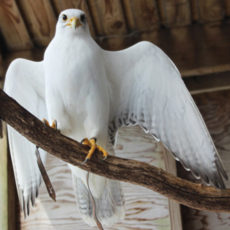Announcements

Human-Animal-Environment Interactions as a Context for Child and Adolescent Growth
This study is the first in a series of qualitative studies, and focused on describing the essence and nature of special education teachers’ lived experiences in incorporating nature-based interventions as a tool to improve youth social-emotional learning outcomes and promote positive youth development. It is also one of the first to examine nature-based interventions that are being implemented in a positive youth development context. This approach uses a strengths-based lens that views youth development as a process of mutual influence between youth and components of their social, constructed, and natural environment.
Almost universally, teaching staff perceive nature-based interventions to effect marked improvement in:
While staff acknowledged occasional or temporary challenges and barriers to student participation, overall, the nature-based activities are viewed as an essential component of the Green Chimneys education and treatment model.

Crowned the best for falconry in medieval times, gyrfalcons were once reserved for kings. As the largest falcon in the world, with exquisite plumage ranging from bright white to deep charcoal, gyrs are revered for their powerful skill of flight. Their long wings make hunting waterfowl from 3,000-feet-high a feasible and fantastical feat. This falcon was flown in the sport of falconry for several years.